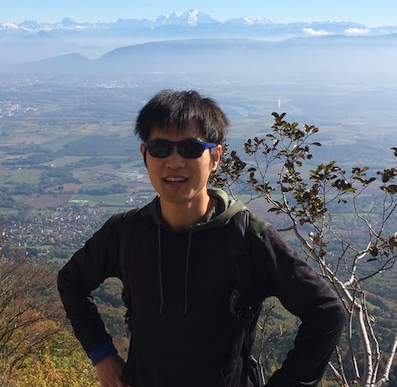From Depth Maps to 3D Point Clouds: Data Conversion
Published:
In the world of computer vision and 3D modeling, converting 2D depth maps into 3D point clouds is a crucial step in many applications, such as human motion capture, virtual reality, and robotics. This process allows us to transform flat depth information into rich, three-dimensional representations of the real world.
Today, we’ll explore a powerful open-source package designed to streamline this conversion process, making it easier than ever to turn depth map images into point clouds. Developed by a team of researchers, this package leverages the power of tools like Open3D, a modern library for 3D data processing.
Setting the Stage
The depth map images we’ll be working with are initially recorded by a specialized stage system and provided in the .h5 format. This format is commonly used in scientific computing and data analysis, making it a natural choice for storing and processing depth information.
To get started, we’ll need to ensure we have the necessary dependencies installed. The package requires Python 3+ and a few essential libraries:
- open3d
- numpy
- cv2
- h5py
These libraries provide the backbone for reading and processing the depth map data, as well as converting it into point clouds.
Cleaning Up the Depth Map
Before we can generate point clouds, it’s essential to clean up the depth map and remove any unwanted background elements. This is where segmentation comes into play. By applying segmentation techniques, we can isolate the human figure from the background, ensuring that our point clouds accurately represent the desired subject.
The package includes a powerful segmentation tool based on the bgsegmentation_deeplab_retrain Docker image. This image should have been built during the modules building process, using the tron/setup/gepetto_build.sh script.
To generate images from the H5 file, we can use the stage_generate_images.py script:
python3 stage_generate_images.py -h5 /path/to/h5/file.h5 -o /path/to/dir/output/color/ -n 300 -nd 300
Here, -n defines the number of frames to be read from the H5 file, and -nd specifies the number of frames to be drawn and saved in the output folder.
With the color images generated, we can run the segmentation process using the run_standalone_deeplabv3.sh script. This script will separate the human figure from the background, providing us with clean segmentation masks.
Generating Point Clouds
Now that we have the depth map and segmentation masks, we’re ready to generate the point clouds. The stage_generate_pointclouds.py script makes this process a breeze:
python3 stage_generate_pointclouds.py -h5 /path/to/h5/file.h5 -m /path/dir/to/input/mask/ -o /path/dir/to/output/point-clouds/ -n 300 -nd 10
Here, -h5 specifies the input H5 file, -m points to the directory containing the segmentation masks, -o defines the output directory for the point clouds, -n sets the number of frames to be read from the H5 file, and -nd determines the number of frames to be processed and saved as point clouds.
With a few simple commands, we’ve transformed flat depth maps into rich, three-dimensional point clouds, ready for further analysis, visualization, or integration into various applications.
Integrating SMPL Models
For those working with human motion capture or character animation, the package also provides support for integrating SMPL (Skinned Multi-Person Linear) models. These models are widely used in computer graphics and computer vision for representing human body shapes and poses.
To read and work with SMPL-based models, you’ll need to install the related modules listed in the SMPL repository. This integration opens up a world of possibilities for combining depth map data with advanced human body modeling techniques.
Conclusion
Converting depth maps to point clouds is a crucial step in many computer vision and 3D modeling applications. With this powerful open-source package, researchers and developers can streamline this process, leveraging the power of segmentation and point cloud generation tools.
Whether you’re working on human motion capture, virtual reality simulations, or robotics applications, this package provides a solid foundation for transforming depth data into rich, three-dimensional representations of the real world. So, why not give it a try and explore the exciting possibilities that await in the realm of 3D data processing?
